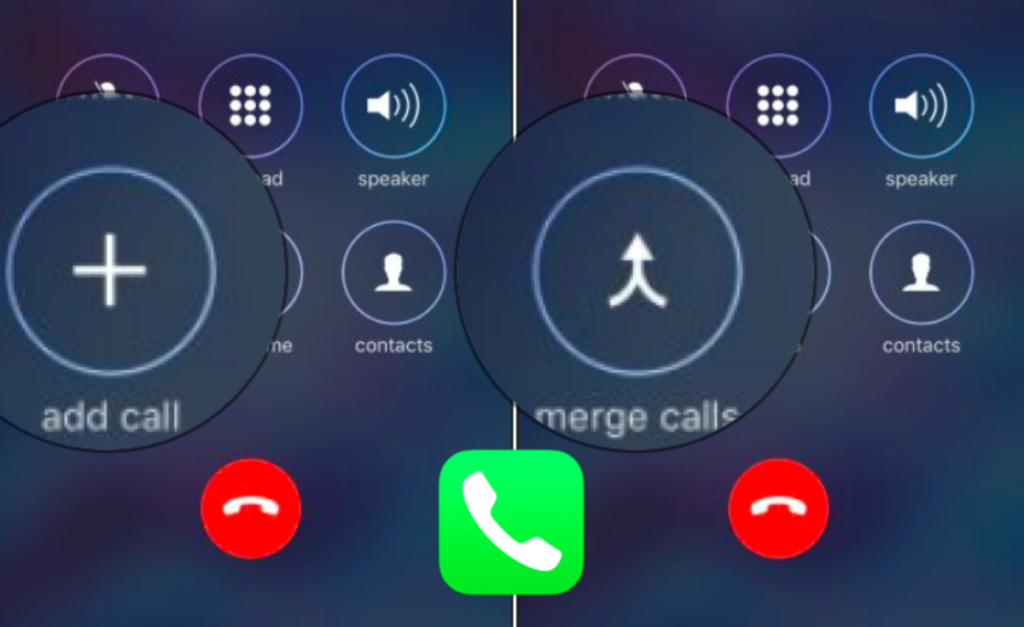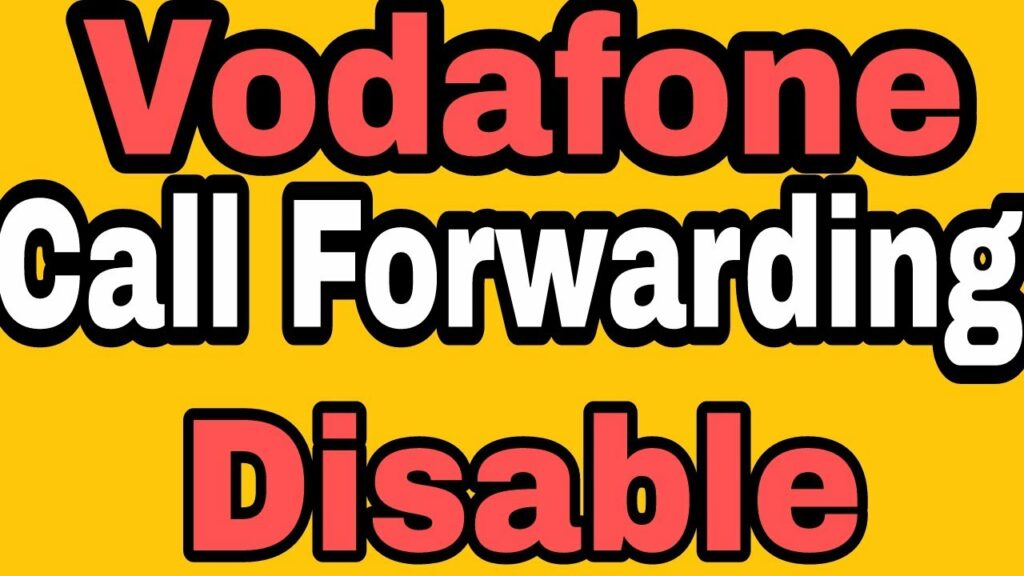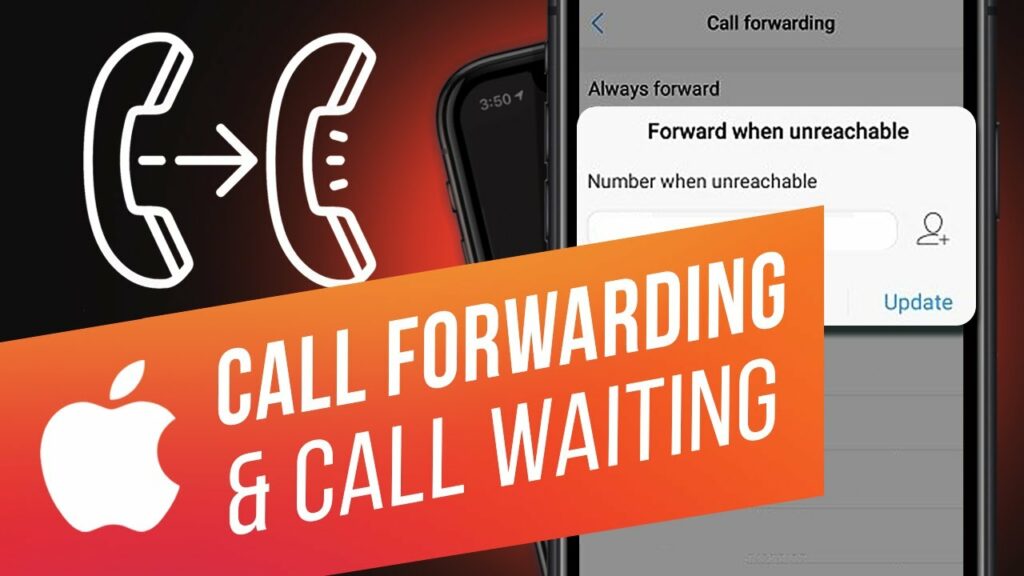Table of Contents
How to Disable Call Forwarding Android?
How to Disable Call Forwarding Android? There are a few ways to cancel call diverts and turn off conditional and unconditional call forwarding. These methods are listed below. You can also follow the steps below to disable call forwarding on your iPhone or Android.
If you don’t wish to receive telemarketers’ calls, you should disable call forwarding on your phone. But, first, you should know why this option is enabled in the first place.
How to cancel call diverts on Android phones:
You may be wondering how to cancel call diverts on your Android phone. You can do this by visiting the Calls settings page in the phone app. Tap on Call Forwarding and you’ll see whether or not calls are being forwarded to another phone.
You can then choose to disable call forwarding from that phone or go back to your home screen. Depending on your phone model and Android version, this process may vary. To disable call forwarding, go to your phone’s settings. You’ll find the Forward When Unreached option. This feature automatically forwards incoming calls to voicemail when you’re not around.
Once you’ve found it, you can edit the number that you want to forward incoming calls. You can also add your home phone number. In Android devices, if you’ve set call forwarding, a small icon will appear on the touchscreen. Once this feature is active, click Disable to remove the call forwarding from your phone.
How to turn off conditional and unconditional call forwarding?
To stop conditional and unconditional call forwarding on Android, follow these steps.
- Conditional forwarding was originally created when mobile phones had single digits and business people had multiple phones to be at the center of the action.
- Now, however, the market is full of two and three-SIM smartphones, and the relevance of conditional call forwarding has not diminished.
- You can turn off conditional call forwarding on your phone through your operator or by disabling it through a USSD request.

Unconditional call forwarding is useful for situations where you may be unavailable or unanswered. While unconditional call forwarding forwards all incoming calls, most users don’t want to use it. Many carriers offer conditional call forwarding for free, while others require additional fees. Regardless of your preference, you should understand the difference between conditional and unconditional call forwarding before turning off your phone.
How to turn off call forwarding on iPhone?
For those who want to turn off call forwarding on iPhones.
- The first step is to go to the settings menu and locate the toggle switch.
- Tap this switch to turn off call forwarding.
- Next, select Call settings and scroll down until you see the option.
- If you have the same setting as the one you’re trying to turn off, tap this switch again to deactivate it.
- Your phone will not forward calls until you activate it again.
The Call Forwarding screen is next. Select the option you want to enable. You will now see the phone number in the “Forward to” field. You’ll notice a small “phone” and an “out arrow” in the status bar. Then, click Done. After a few seconds, the Call Forwarding feature will be disabled. To turn off Call Forwarding on iPhone, first, make sure you have the “Call Forwarding” option enabled.
How to turn off call forwarding on Android?
If you want to deactivate call forwarding on Android, the first step is to navigate to Settings> System> Advanced. Then, tap Reset Wi-Fi, mobile, and Bluetooth to restore the default settings. In case you don’t see the call forwarding option on your Android phone.
It is probably because your carrier has not provisioned it yet. Then, contact your carrier to enable call forwarding. Call forwarding was first invented in the 60s, but it is a feature that is included in most phone plans today. It is especially useful if you are away from your office and want to save battery.
Some people also prefer to receive important calls on their own instead of relying on a call forwarding service. But, for those of us who want to save battery life, call forwarding is a useful feature that we should not forget about.
Conclusion:
While call forwarding on Android is usually easy, problems can occur if you use it on your device. One of the most common problems is that the call forwarding service fails to deliver the calls. Here are some fixes to help you solve this problem.
Ensure that the number you’re using is active and that you’ve selected the right destination in your phone’s settings. If you’re unsure about whether call forwarding is working, try dialing *72. This will get you to a quick busy tone.








